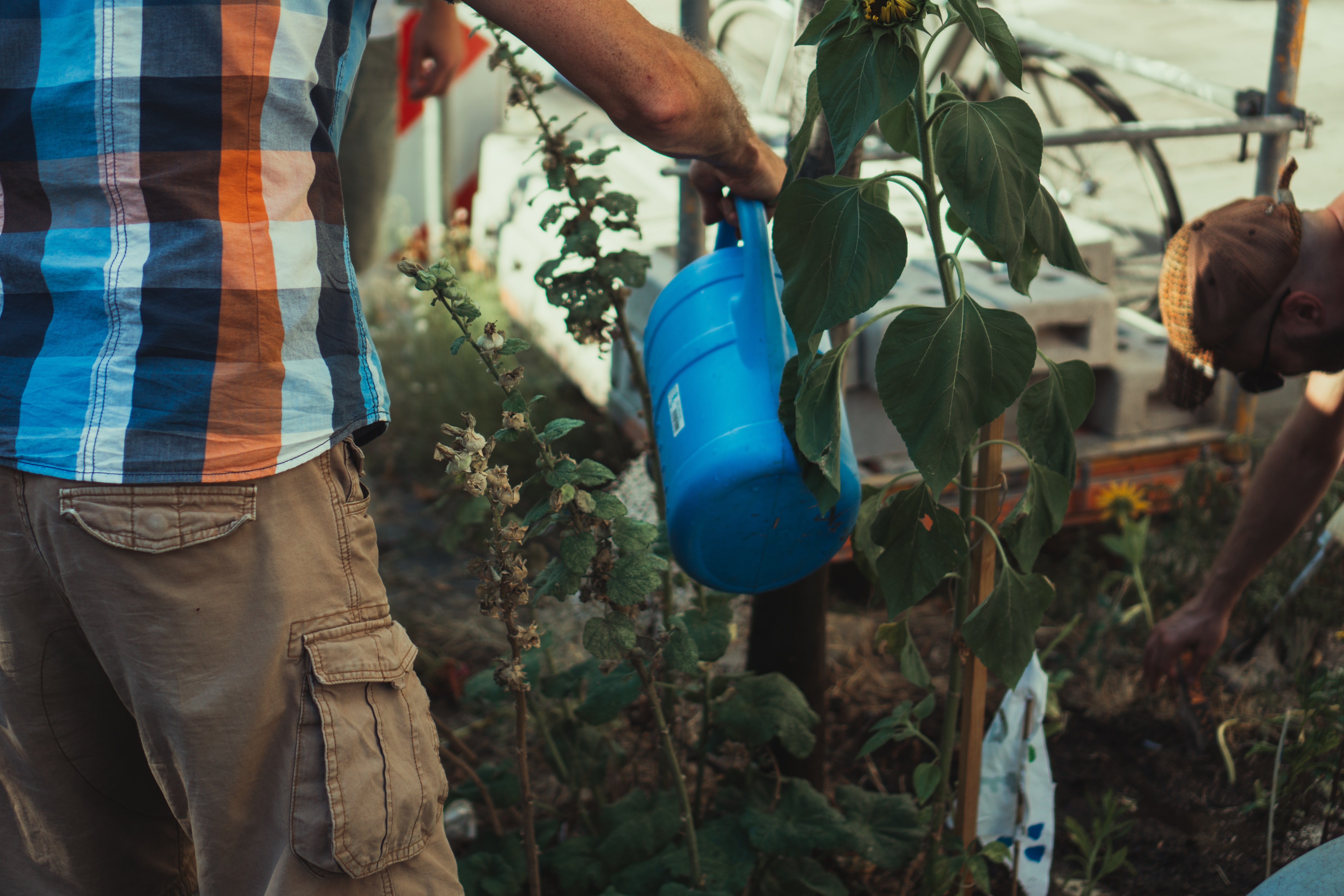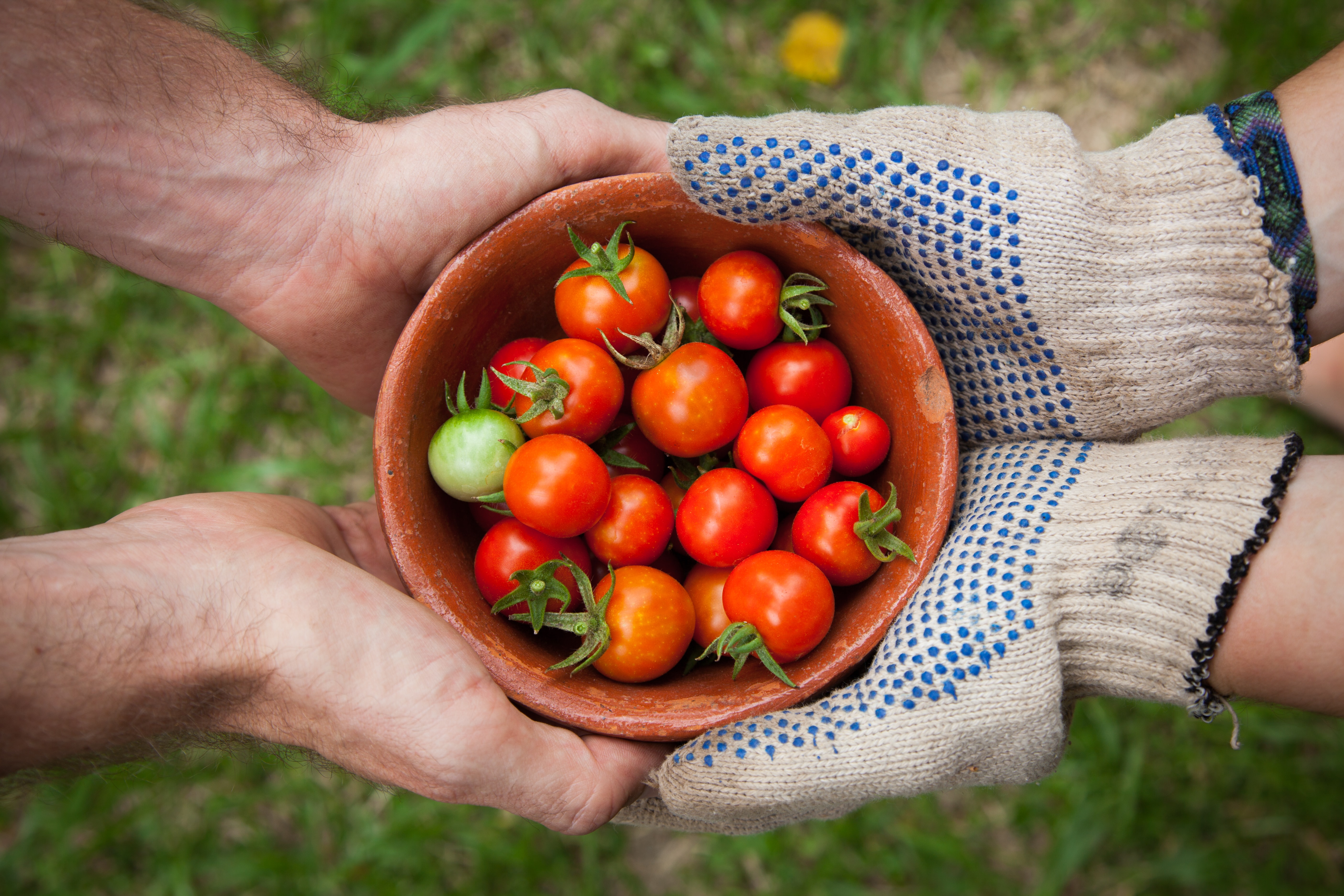Across the United States, community gardens have offered a place of refuge for people who have grown weary of isolating at home. With the relative safety of the outdoors beckoning, more people than ever have been tending to gardens in their communities and flourishing alongside the plants and produce they’ve grown.
Here are some of their stories.

(Jonathan Kemper, Unsplash) 
(Elaine Casap, Unsplash)
- In D.C., 68 Community Gardens Flourish During the Pandemic: Many of D.C.’s community gardens already have years-long waiting lists, but they have been even more in-demand during the pandemic. The city is looking for new spaces to establish urban gardens to meet the demand, but in the meantime, D.C.’s gardens (which only allow organic farming) are being used to produce and distribute healthy food locally and to teach people how to garden and grow their own food.
- Brooklyn Kids Greenify Their Neighborhood: In Brooklyn, the Ryder Street Rockets have joined their community’s gardening club to help greenify their neighborhood. The club has given the 8- to 12-year-olds an opportunity to get out of the house and get a little dirty by planting bulbs and flowers and placing flower pots along commercial and residential streets. The club hopes to expand to other neighborhood kids with the formation of the Stuart Street Slimers.
- In Kent, Washington, Immigrants and Refugees Help Fight Climate Change: The Paradise Parking Plots Community Garden used to be a parking lot, but in 2018, 50,000 square feet of asphalt were transformed into 50 garden plots. Community gardeners from 23 different countries tend to the land where they grow many plants from their home countries that they can’t easily find in area grocery stores. The garden was designed to filter water runoff to keep from polluting nearby salmon rearing areas, and the the garden’s rainwater cisterns capture 80 percent of the water the gardeners need.
- Wisconsin Eagle Scout Candidate Leads the Beautification Efforts of a Community Garden: At 14-years-old, Elijah Eisen started planning updates to the large community garden on the University of Wisconsin Oshkosh, Fox Cities campus. And now, after installing a new fence to keep out deer and removing 15 years of overgrowth, the 17-year-old Elijah is finally finished. With the help of UWO, volunteer gardeners, the financial support of local businesses, and the guidance of a merit badge counselor, the Eagle Scout candidate was able to achieve his ambitious goal to give back to the community.
- Los Angeles Park Is Home to the Unhoused and Their Garden: In Echo Park, a guerrilla garden is growing as a collaboration between housed activists and Echo Park Rise Up, an autonomous collective of unhoused people who live along Echo Park Lake. Their encampment is routinely threatened by police sweeps, but the collective continues to bring people together, with a garden that grows fruit, flowers, and medicinal plants that are free for residents to eat and use as needed.
- On Indigenous Peoples’ Day, North Dakota State University Starts New Garden: In Fargo, North Carolina, NDSU recently broke ground on the new Grandmother Earth’s Gift of Life Garden. Members of the local Native American tribes performed a ceremonial prayer and burned sacred tobacco to commemorate the occasion. The university and community hope that the garden will bring people together and help non-Natives learn more about Native culture.
- A Guerrilla Garden in Queens Serves the People Who Need It Most: Outdoor space is a rare commodity in much of New York City, but the nearly 7,000 residents of the Queensbridge public housing development can now spend time in a guerrilla garden established by residents in a nearby vacant lot. The Queensbridge Sacred Garden may be unofficial, but its founder is waiting for official approval from the city to establish a permanent new green space where the residents can relax, play, and grow.
Resources for Starting Your Own Community Garden:
- How to Turn a Vacant Lot into a Community Garden: A Primer (IOBY)
- Community Gardening Resources (Seed Money)
- About the Urban Garden Initiative (TUGI)
- Helping America’s Community Gardens Eliminate Hunger (AmpleHarvest.org)